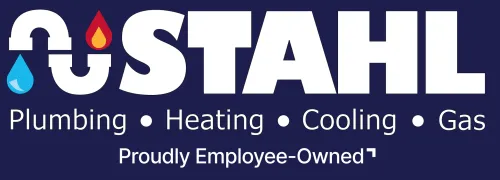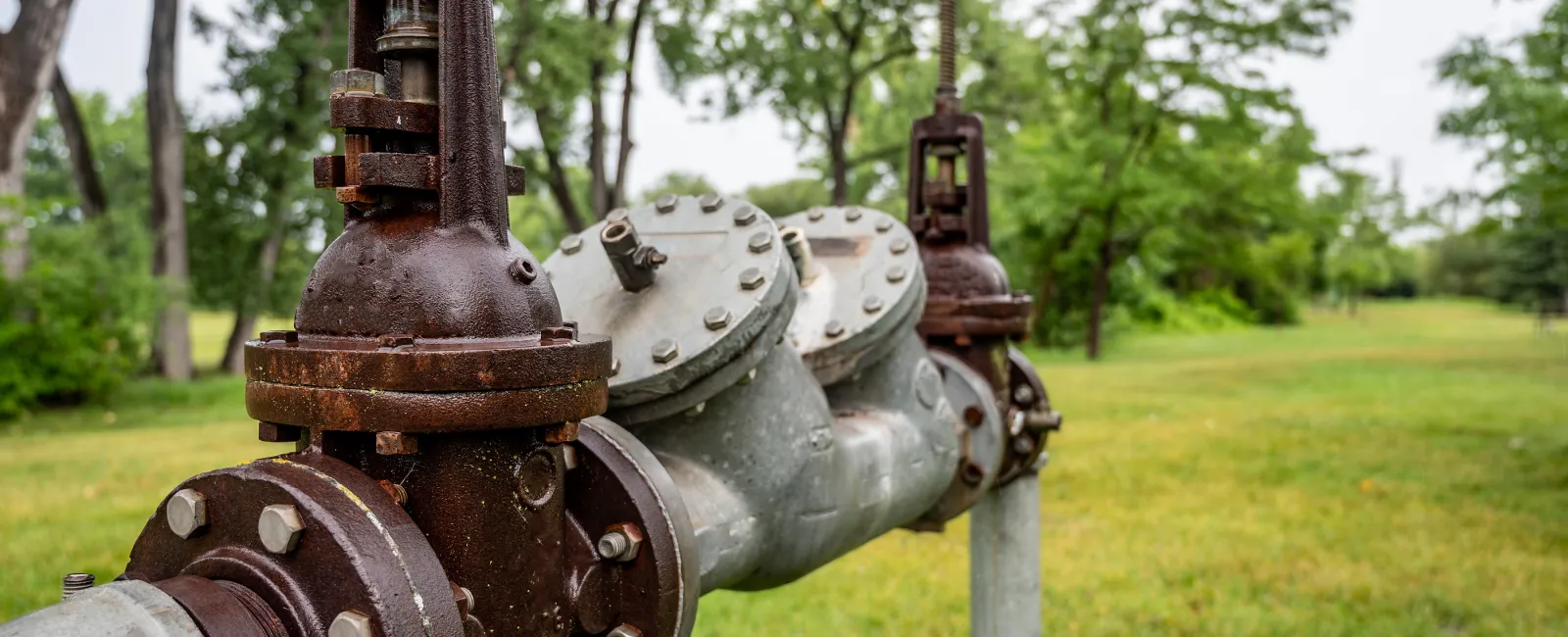Water is an essential resource for our daily lives, and it's crucial that the water we consume, and use remains clean and safe. One potential threat to the purity of our water supply is backflow. Water backflow occurs when the flow of water reverses its direction in a plumbing system, allowing potentially contaminated water to enter the clean water supply.
To prevent such incidents, backflow prevention devices, and regular backflow testing are vital. Backflow testing is a crucial process that ensures the safety and purity of our drinking water. By examining the integrity of backflow prevention devices, professionals can identify and rectify any issues that could lead to water contamination.
Causes and Types of Backflow
Water backflow is often caused by sudden changes in pressure within a plumbing system, causing water to flow in the opposite direction. This reversal of flow can result in the contamination of the potable water supply, posing serious health risks to consumers.
Water backflow can happen in various situations, such as breaks in water mains, during firefighting operations, or when there is a sudden surge in water demand.
There are two main types of backflow:
- Backpressure backflow: This type of backflow happens when the pressure in the plumbing system downstream becomes higher than the pressure in the clean water supply. It can occur when certain equipment like pumps or boilers create more pressure than the water supply system. This increased pressure can force unwanted substances to flow back into the clean water, potentially contaminating it.
- Backsiphonage: Backsiphonage is when the pressure in the clean water supply system suddenly drops, causing water to be pulled back into the system from an outside source. This can occur in situations like a water main breaking, during firefighting activities, or when there's a high demand for water that strains the supply system.
Backflow Prevention Devices
In order to protect our water supply, plumbing systems are equipped with backflow prevention devices. These devices are specifically designed to prevent the backward flow of water and ensure that there is no risk of contamination. Their primary function is to safeguard the integrity and purity of our water sources.
Here are a few backflow prevention devices that are commonly used:
- Air gaps: An air gap is a physical separation between the water outlet and the potential source of contamination. Air gaps work like a protective barrier between the water outlet and anything that could contaminate it. They create a visible space that stops any potential backflow from flowing back into the clean water supply.
- Reduced Pressure Zone (RPZ) valves: RPZ valves are mechanical devices that use a series of check valves and a pressure relief valve to prevent backflow. RPZ valves are most commonly used in commercial and industrial settings.
- Double-check valves: Double-check valves are like the dynamic duo of backflow prevention. They have not one, but two check valves that work independently to stop any sneaky backflow. You'll usually find these heroes in homes or small businesses where they need reliable protection against backflow, but nothing too crazy.
The Importance of Backflow Testing
Installing backflow prevention devices is a crucial step in protecting the water supply, but it's equally important to ensure these devices are functioning correctly. This is where backflow testing plays a vital role.
Regular backflow testing is crucial for several reasons. Let's dive into why it's so important:
Ensuring device functionality: Backflow prevention devices can degrade or malfunction over time. Regular testing helps identify any issues, ensuring they work properly. If a device fails the test, it can be promptly repaired or replaced, preserving the integrity of the water supply.
Compliance with regulations: By conducting these tests, property owners and water providers fulfill their legal obligations, promoting the safety and quality of the water supply. Many jurisdictions require regular backflow testing.
Protecting public health: Regular testing helps prevent these incidents, safeguarding public health and preventing waterborne diseases. Backflow incidents can introduce harmful substances into the water supply, like chemicals or bacteria.
Preserving water quality: Backflow testing not only prevents contamination but also maintains overall water quality. Early identification of potential issues allows for timely actions to prevent contamination before it happens.
Backflow prevention and regular testing are crucial for maintaining the safety and purity of our water supply. By understanding the causes and types of backflow, installing appropriate prevention devices, and conducting routine testing, we can ensure that the water we consume and use remains clean and free from contamination. Stahl Plumbing offers backflow-certified plumbers and technicians who can install, test, repair, or replace your backflow. Prioritizing backflow prevention measures is not just a responsibility of water providers but also a shared duty of property owners and individuals to protect public health and preserve our most valuable resource—water.
If you have any questions or need help with backflow testing near you for your business, please contact Stahl Plumbing today!

